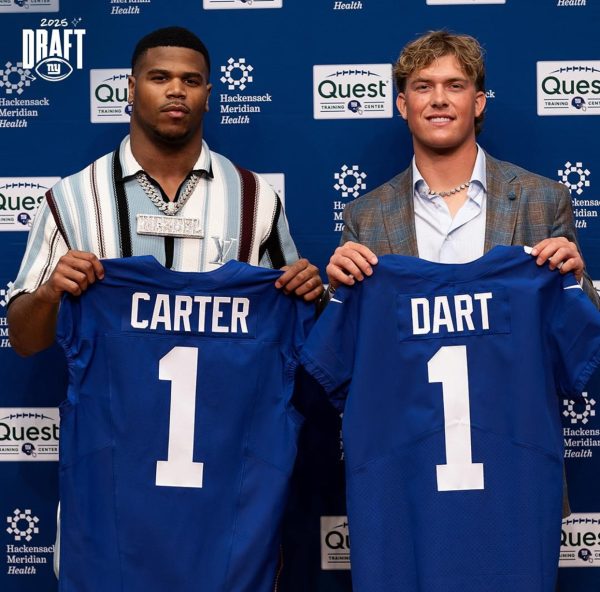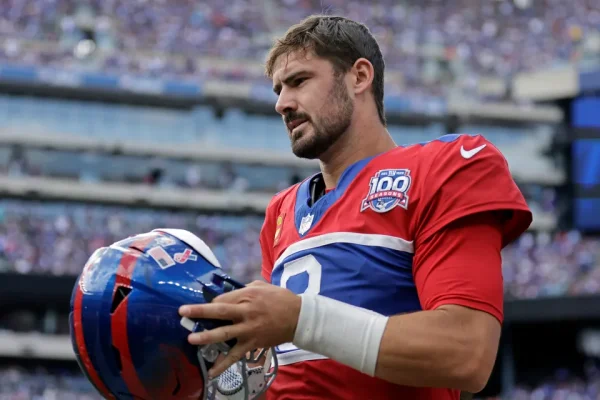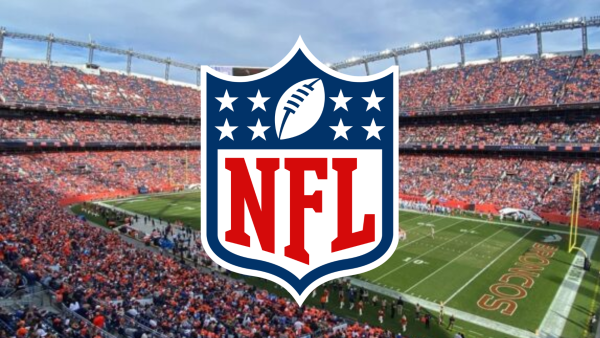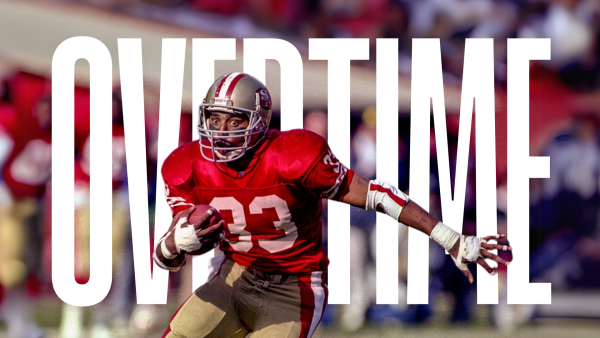Moving Westward: Football and the Frontier
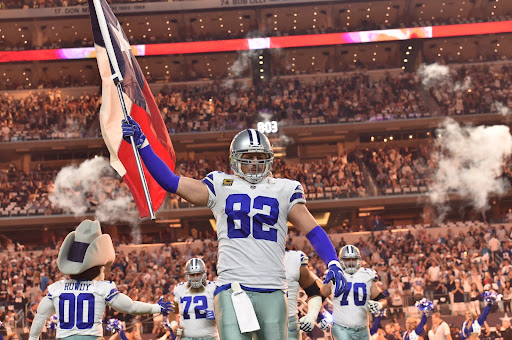
NFL Football dominates the American landscape and will continue to evolve as time passes. (Courtesy of Twitter)
The notion of the “wild west” has long cemented its place in the American mythos. Stoic images of cowboys, folk heroes like Davy Crocket or Buffalo Bill and stories of pioneers’ struggles in the wilderness have captured the nation’s imagination since its very conception. Underlying all this famous iconography is the notion of “the frontier” that is so closely connected to the American identity. This is the popular, persisting American belief that it is not only our duty, but our calling to explore and traverse the unknown, advancing our borders in the name of cultural superiority.
While this all seems terribly academic and boring, the notion of “the frontier” still has undeniable relevance in contemporary American society. Despite having moved away from its more antique forms with the rise of modernity, the American infatuation with “the frontier” has yet to subside in the slightest. Instead, it persists and thrives in a form many do not realize: football.
Yes, the most widely followed sport in America is not necessarily a new and innovative concept that has tapped into the novel desires of the American public, but it is instead a simple reenactment and extension of the pervasive ideas of “the frontier.”
To prove this considerably “out of left field” thesis, it is necessary to examine the game and culture of football piece by piece.
First, the basic tenets of football’s gameplay mirror what occurs on “the frontier.” One team begins in their own territory, and using their resources, wit and strength, they make attempts to advance into foreign lands, hoping to bend the “other” to their will in order to achieve glory and fame. It is in this way that football’s aim is no different than those of “the frontier”: a collective of people attempting to voyage into enemy territory and prove their superiority. Even the more nuanced elements of the game fall into this greater pattern of reflecting “the frontier.” First, there is the expansion of clearly defined borders, as one team attempts to advance the line of scrimmage, the offense’s territorial border, further and further into enemy territory. There are “routes” that certain players are expected to take in order to avoid danger in the form of defenders, echoing the prominence of pre-established trails and paths so often used by civilians when wandering “the frontier.” Even the extremely violent and chaotic nature of football echoes the wild and brutal essence of “the frontier,” as instead of a pioneer mounted on horseback attempting to create a path for his people with a shotgun, we now have running backs attempting to run and bowl over the hordes to help their team advance.
Football also echoes the notion of “the frontier” in its ability to create “the other.” A key portion of “the frontier” is that there is an “other”: a foreign group there to be conquered who resides in mysterious, unknown lands. Football goes to extreme measures to cultivate this “other” that needs to be defeated. For instance, each team has their own unique manner of dress, as the colors and designs of teams’ uniforms vary greatly: a Philadelphia Eagles’ player is instantly recognizable from a New York Giants’ player, instilling this great sense of difference between teams. Each team also has their own “way of life,” with there being stark contrasts in play style across football. The Kansas City Chiefs rely heavily on deep throws downfield, while the San Francisco 49ers heavily lean on running the ball, with each having a unique “culture” and manner of living. There is also the geographic foreignness of “the other” present in football, as teams often need to travel great distances into far away hostile territories in order to prove their dominance. All of these combined imbue the sense that the team lined up across from yours is not your friend, but they are instead the fabled “other” that you must conquer and defeat.
Inversely, “the frontier” is also constructed heavily on nationalistic sentiments. These feelings of great fervor for your geographic home are not lost in football. Fans flock to stadiums in the thousands every weekend to watch their team play, while millions more provide their support from their living rooms, local bars or any place with a television. Fans also constantly adorn their bodies with symbols and references to their favorite teams, whether these be tattoos or body paint that boldly proclaims what group they belong to. There is undeniably this sense of cultural superiority and desire to see their side win out over the “other” present in football.
Another major aspect of the American tradition of “the frontier” is the plethora of folk heroes born out of it. Throughout American history, “the frontier” has rooted itself firmly in the American mythos and memory due to its ability to provide people with some of the most famous figures that performed acts of “heroism” and “valor” in the name of their home like John Henry, Johnny Appleseed or Annie Oakley. Football has recently taken up this mantle of being the source of America’s most recognizable figures, continuing the cultural construction of “the frontier.” Patrick Mahomes is known and recognized nationwide as the wild gunslinger who led Kansas City Chiefs to a Super Bowl Championship. Jonathan Taylor is the infamous workhouse who takes and gives out beatings in order to move his team forward into enemy territory. Joe Burrow is the calm, cool, handsome and savvy newcomer who wandered into town and captured the hearts of millions with his moxie. No longer are American legends the women or men who traversed into “the unknown wilderness,” but they are now football players who “traverse into foreign territory” by crossing the 50 yard line.
Finally, even the nicknames and mascots of many of the NFL’s teams echo the most recognizable aspects of “the frontier,” whether they were historically significant to its development or not. The rough-riding Dallas Cowboys are America’s most popular brand and one of the quintessential icons of “the frontier.” The San Francisco 49ers reference the men who ventured into the California wilderness in search of gold and glory. The Denver Broncos and Chicago Bears elicit images of the wild beasts that so often appear in stories about “the frontier.” The iconography of “the frontier” still persists, now through the form of logos worn on jerseys or names chanted by football fanatics.
Add all these aspects of football together, and it becomes apparent that, regardless of whether one is aware of it or not, watching football is undeniably a way of supporting the oldest American infatuation: “the frontier.”

Jonah Ring is a senior from Norfolk, Virginia, pursuing a degree in theology, philosophy and art history. He originally joined The Ram via Sports...



































































































































































































